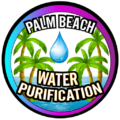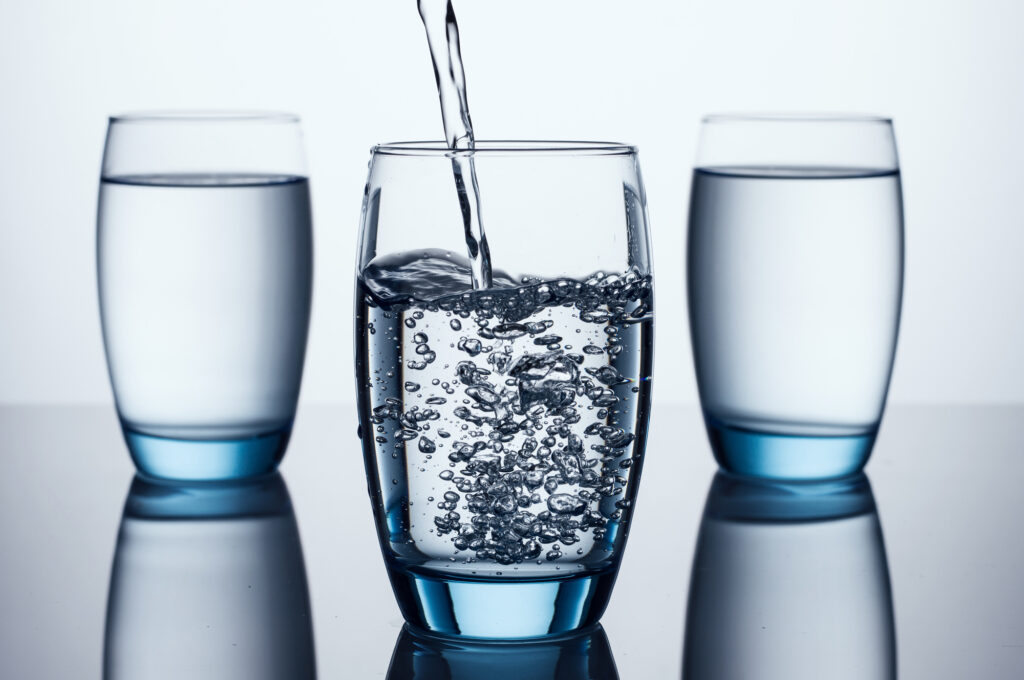Did you know that people who drink water that is heavy in contaminants put themselves at risk of developing gastrointestinal illnesses and tend to have issues with their nervous systems?
Even though it’s possible to survive without food for many days, you can’t live for very long without drinking water. This is why more and more people are choosing to filter their water.
The problem is that it can be challenging to know what kind of water purifier to use if you don’t understand the basics of how water purification works. To help you out, we’ve created a guide. Keep reading and we will tell you everything that you need to know.
How Do Water Filters Work
Water has a unique molecular composition which makes it good at dissolving substances and compounds. There are many reasons why this is a good thing.
For example, if you create a stain on your favorite shirt, all you need to do is throw it in the washing machine with a scoop of detergent. When the machine finishes its cycle the stain will be washed away.
But there is a downside to water’s ability to dissolve substances. Since water is always moving through the environment in a process that’s known as the water cycle, it tends to pick up contaminants. At one moment it is falling from a cloud and into a river, and at another moment it’s passing from somebody’s toilet and into the sewer.
Unfortunately, it’s difficult to know whether or not the water that comes from your faucet has picked up contaminants that could do damage to your body. This is why it’s important to use the best possible water filters in your home.
There are various types of water filters, and every type works a bit differently. With this being said, most water filters have a barrier that stops debris and microorganisms from passing through while still allowing water to get to the other side.
The Most Common Types of Water Filters
There are four main types of drinking water filters that people use. Here are the most important ones that you should know about.
Activated Carbon Filters
The most popular kind of household water filters use activated carbon granules. These granules are extremely porous. People often compare the composition of these granules to being a mix between the lead in a pencil and a sponge.
Carbon has a large surface area that is filled with fissures and small holes which effectively catch chemicals and substances.
You can use a carbon filter to get rid of things like chlorine, herbicides, and industrial chemicals. But carbon filters are not able to do anything about heavy metals and microorganisms.
People who use carbon filters also complain that they quickly clog up, which means that they need to be replaced from time to time. Therefore, they tend to be expensive.
Lastly, since carbon filters can’t improve water hardness, those who use them might need to use a water softener.
Reverse Osmosis Water Filters
Reverse osmosis water filters contain membranes that allow water to pass through while holding back contaminants. Put simply, reverse osmosis involves sending unclean water through a membrane to create clean water.
It’s necessary to do this by applying pressure, which is why reverse osmosis filters usually have electronic pumps.
It’s possible to get rid of various contaminants with reverse osmosis. This includes things like limescale, nitrates, and salt. Unfortunately, they are not very effective in getting rid of harmful bacteria.
They also tend to produce lots of waste. In fact, some reverse osmosis filters require up to five liters of water to produce a single liter of clean water.
Ion Exchange Filters
This kind of filter is a great option for those who want to soften their water. They work by breaking apart atoms of contaminants to create ions, which are a kind of atom that has too many or too few electrons.
Ion exchange filters capture these harmful ions and then release their own ions. These filters are filled with beads of zeolite which have sodium ions. These beads seek out magnesium and calcium ions. They then remove the “bad” ions and replace them with sodium ions.
Water that is free of calcium and magnesium will have a softer taste to it, which is why it’s a good idea to use an ion exchange filter if your home water filtration goal is to soften your water.
Many people who are on low-sodium diets prefer not to use ion exchange filters because the water that they filter contains sodium. It’s also important to know that you’ll need to recharge these filters every once in a while by adding a unique form of salt.
Water Distillation
The easiest way to purify water is by boiling it. Even though you’ll kill harmful bacteria by doing this, it’s not possible to get rid of chemicals, limescale, and dangerous metals.
Distillation is similar to boiling, but it makes the process a step further. The process involves boiling water to create steam before capturing the steam in a different container once it cools and turns back into water.
When you boil contaminated water, the water will start to evaporate before the harmful contaminates do. This means that the contaminants will stay in the original container.
But not all contaminants boil at higher temperatures than water. In fact, things such as volatile organic compounds (VOCs) boil before water does. This means that it’s not possible to remove them through distillation.
The Water Water Treatment Plant Purification Process
Even though there are many different kinds of water treatment plants, they all use similar techniques to purify water. Here are the basic steps involved.
The Pretreatment Phase
During this phase, biological compounds and harmful chemicals get removed from the water. Water that comes from lakes and rivers usually goes through a “screening” process during the pretreatment phase. This involves getting rid of large debris such as leaves and sticks.
It’s also common to add chemicals during the pretreatment phase in order to prevent bacteria from growing.
The Preconditioning Phase
This phase involves adding sodium carbonate (soda ash) to impure water to get rid of calcium carbonate, which comes from things such as shells and marine life.
It’s also common for chlorine to get added to water during this step of the purification process.
Further Purification Steps
After the preconditioning phase, water goes through a process that’s known as coagulation. This involves adding chemicals that make contaminants in water clump together with larger particles.
The water then gets mixed with big paddles to combine these unwanted particles into larger clumps. Over time, these clumps will fall to the bottom of the tank or container.
Water will then go into a sedimentation basin. These basins will continue to move water along while trapping unwanted particles that have not yet been filtered.
Water then goes through a filtration phase. This is when microorganisms, algae, and remaining particles get removed.
Lastly, the water gets disinfected. People will do this by adding chemicals that kill things like bacteria, protozoa, and viruses.
Determining Water Quality
National and local governments set rules that determine how pure tap water needs to be. They decide how many harmful contaminants (measured in parts per million) drinking water can contain.
Unfortunately, different governments set different rules about water quality. This means that it’s possible that your household’s tap water could have harmful compounds and substances.
To determine how pure water is, it’s necessary to use chemical and biological processes. The most common substances that people look for when determining water quality are chloride, manganese, microbes, radioactive materials, and suspended solids.
If you are worried about the water quality in your household, it’s a good idea to get it tested. The best way to do this is by reaching out to experts to help you out.
In most situations, you’ll be able to improve the quality of your household’s water by doing simple things such as adding salt-free water softeners.
Understanding the Basics of Water Purification
If you’ve been wondering how water purification works, it’s important to know that there are several different techniques. The most common ways to purify water are through reverse osmosis, ion exchange, and distillation.
If you’re concerned about your household’s water quality, we are here to help you. We offer free in-home water testing. Please don’t hesitate to contact us to set up an appointment once you are ready to get started.

